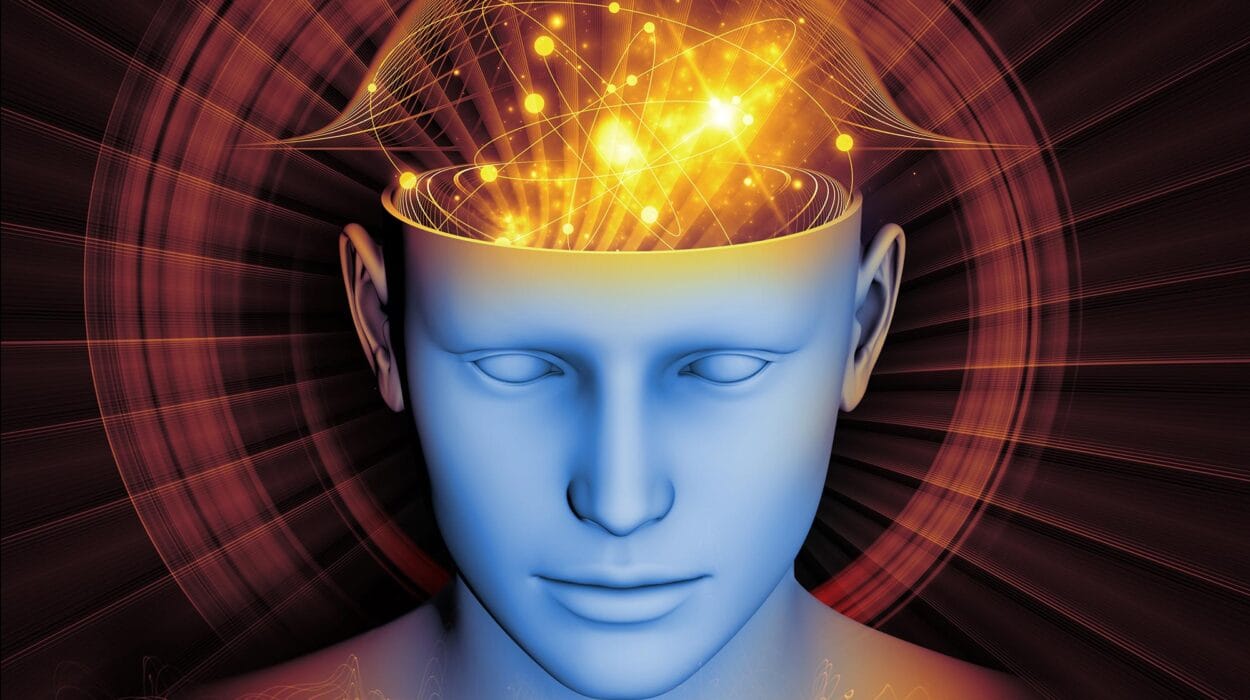Human emotions are at the very core of our existence. They shape our decisions, guide our relationships, and color the way we experience the world. Emotions are not just fleeting feelings; they are deeply rooted in biology, psychology, and evolution. Scientists have studied emotions for centuries, and though much remains mysterious, we now know that emotions are far more complex—and fascinating—than most of us realize.
In this article, we’ll explore 20 amazing facts about human emotions that are backed by science. Each fact will reveal something surprising about why we feel the way we do, how emotions affect our minds and bodies, and how they connect us to each other and to the world.
1. Emotions Are Universal Across Cultures
No matter where you travel in the world, basic human emotions are recognizable everywhere. Research pioneered by psychologist Paul Ekman showed that people from vastly different cultures express emotions like happiness, anger, sadness, fear, surprise, and disgust in similar ways through facial expressions.
This universality suggests that emotions are not learned behaviors but deeply ingrained biological responses. A smile or a frown is a universal language, one that transcends cultural boundaries and connects us all as humans.
2. Emotions Are Older Than Logic
The emotional centers of the brain—especially the amygdala and other parts of the limbic system—evolved millions of years before the areas responsible for higher reasoning, such as the prefrontal cortex. This means that emotions are evolutionary ancient tools for survival.
Fear, for instance, once kept our ancestors alive by alerting them to danger before they even had time to think logically. Even today, you may feel a rush of fear before you consciously understand the threat. Our emotions are wired to keep us safe.
3. Emotions Can Physically Change Your Body
Emotions don’t just affect your mood; they change your physiology. Fear can increase heart rate and sharpen your senses, while sadness can weaken your immune system. Studies show that long-term stress can increase inflammation, affecting nearly every organ in the body.
Conversely, positive emotions such as joy and love release endorphins and oxytocin, which reduce pain and promote healing. The mind-body connection is powerful, and emotions play a central role in shaping our physical health.
4. Emotions Spread Like Viruses
If you spend time around someone who is happy, anxious, or angry, chances are you’ll start to feel the same way. This phenomenon, known as emotional contagion, happens because humans unconsciously mimic the facial expressions, tone, and body language of others.
Neuroscientists believe mirror neurons in the brain are partly responsible. These neurons fire not only when we perform an action but also when we observe someone else doing it, making us empathize with their feelings. Emotions, in this way, are socially contagious.
5. Laughter Is an Emotional Bonding Tool
Laughter is more than just a response to humor—it’s a powerful emotional signal that strengthens social bonds. Scientists have found that humans are 30 times more likely to laugh in social settings than when alone.
When we laugh, our brains release endorphins, creating feelings of pleasure and trust. This may explain why laughter is used to reduce tension, ease conflict, and foster connections across cultures.
6. Crying Can Relieve Stress
Tears are not just signs of sadness; they serve important biological and psychological purposes. Emotional crying releases stress hormones like cortisol, helping restore the body’s balance.
Studies suggest crying can activate the parasympathetic nervous system, which promotes relaxation. That’s why many people feel calmer or lighter after a good cry—it’s literally the body’s way of self-soothing.
7. Fear Can Make Time Feel Slower
Have you ever felt like time slowed down during a scary moment? Neuroscience shows that intense fear can alter how our brain processes time.
During danger, the amygdala kicks into high gear, boosting memory encoding. This makes scary events seem longer in retrospect, though our actual perception of time doesn’t change in the moment. Fear essentially creates a “slow-motion effect” in our memory.
8. Music Can Evoke Powerful Emotions Across the Brain
Listening to music activates almost every region of the brain, especially those tied to emotion. Songs can trigger dopamine release—the same chemical associated with pleasure, food, and even love.
Music can also evoke nostalgia, joy, sadness, and even chills down the spine. Research suggests that music’s emotional power may be linked to its ability to mimic the rhythm and tone of human voices, tapping into our deep social instincts.
9. Love Activates the Same Brain Circuits as Addiction
Falling in love isn’t just a metaphorical high—it literally activates the brain’s reward system, releasing dopamine and oxytocin in ways similar to addictive substances.
That’s why early stages of love can feel euphoric, obsessive, and even overwhelming. Interestingly, long-term love activates slightly different brain circuits, emphasizing attachment and bonding over obsession.
10. Stress Is Not Always Bad
Although chronic stress is harmful, short bursts of stress can be beneficial. This kind of “positive stress,” known as eustress, sharpens focus, boosts performance, and helps us adapt to challenges.
The surge of adrenaline and cortisol during stress can enhance memory and decision-making—if it’s temporary. The problem arises when stress becomes constant, leading to burnout and physical health issues.
11. Happiness Has a Genetic Component
Science shows that genetics account for about 40% of individual differences in happiness levels. Some people are naturally more predisposed to positive emotions than others due to inherited brain chemistry.
However, this doesn’t mean happiness is predetermined. Life experiences, choices, and intentional practices like gratitude and meditation can significantly increase emotional well-being, even for those not “wired” for constant cheerfulness.
12. Emotions Can Be Felt in the Body
When people describe emotions as “heartache” or “gut feelings,” they’re not just being poetic. Studies have mapped emotions onto the human body, showing distinct physical sensations linked to different feelings.
For example, anger often creates heat in the chest and head, while sadness is felt in the chest and limbs. Happiness lights up the entire body, while depression often causes numbness. Our emotions are deeply embodied experiences.
13. Emotional Memories Are Stronger Than Neutral Ones
Ever wonder why you vividly remember your first heartbreak or a moment of extreme fear? Emotional events trigger stronger memories because the amygdala communicates with the hippocampus—the brain’s memory center—during intense experiences.
This is why emotionally charged memories often last a lifetime, while neutral experiences fade more quickly. It’s the brain’s way of ensuring we learn from significant events.
14. Emotions Influence Decision-Making More Than Logic
We like to think of ourselves as rational beings, but science shows that emotions often play the bigger role in decision-making. People with brain damage that impairs emotional processing struggle to make even simple choices.
Neuroscientist Antonio Damasio found that emotions act as shortcuts, helping us weigh risks and rewards quickly. Without emotions, logic alone becomes paralyzing. Every decision, from what to eat to whom to marry, is guided by feelings as much as by reason.
15. Fear Can Be Inherited Through DNA
Surprisingly, research in epigenetics suggests that emotional experiences can be passed down through generations. Studies in mice have shown that when parents experience trauma or fear, their offspring may inherit heightened sensitivity to similar threats.
Though human studies are still developing, this suggests that the emotional imprints of major events—like wars or famines—may echo through generations, shaping how descendants respond to stress.
16. Gratitude Can Rewire the Brain
Practicing gratitude isn’t just a feel-good exercise—it literally reshapes the brain. Studies using brain imaging show that people who regularly express gratitude have stronger connections in regions linked to emotional regulation and reward.
Gratitude increases serotonin and dopamine, the brain’s “happiness chemicals.” Over time, this rewiring makes the brain more attuned to positive experiences, enhancing long-term emotional well-being.
17. Emotions Are Essential for Creativity
Artists, writers, and musicians often describe their emotions as fuel for creativity. Science backs this up: emotional arousal stimulates the prefrontal cortex, the area of the brain tied to imagination and innovation.
Interestingly, both positive and negative emotions can inspire creativity. Joy can spark new ideas, while sadness can drive deep reflection and expression. This explains why art so often captures the rawness of human emotion.
18. Anger Can Sometimes Be Helpful
Though often seen as destructive, anger can serve important purposes. Controlled anger can boost motivation, sharpen focus, and even promote fairness in negotiations.
Anger is linked to the brain’s reward circuitry, meaning it can energize us to correct perceived wrongs. The key is managing anger constructively, channeling it into problem-solving rather than aggression.
19. Emotional Pain Activates the Same Brain Regions as Physical Pain
Heartbreak really does hurt. Studies using brain scans reveal that emotional pain, such as rejection or loss, activates the same brain regions as physical pain—the anterior cingulate cortex and the insula.
This overlap explains why breakups, grief, or social exclusion can feel physically painful. The brain does not distinguish sharply between emotional and physical suffering.
20. Positive Emotions Extend Lifespan
Perhaps the most uplifting fact of all: positive emotions are linked to longevity. Studies show that people who experience joy, optimism, and strong social connections live significantly longer than those who don’t.
This isn’t just psychological—it’s biological. Positive emotions reduce stress, lower inflammation, improve immune function, and promote healthier behaviors. In short, happiness truly is good medicine.
Conclusion
Human emotions are far more than fleeting feelings. They are ancient survival tools, biological processes, social signals, and forces that shape our lives in profound ways. From the universality of a smile to the pain of heartbreak, emotions connect us to each other and to the fabric of existence itself.
Science continues to uncover the astonishing ways emotions influence our bodies, minds, and societies. And while much remains to be discovered, one thing is clear: emotions are not weaknesses to overcome but powerful, essential parts of what makes us human.






